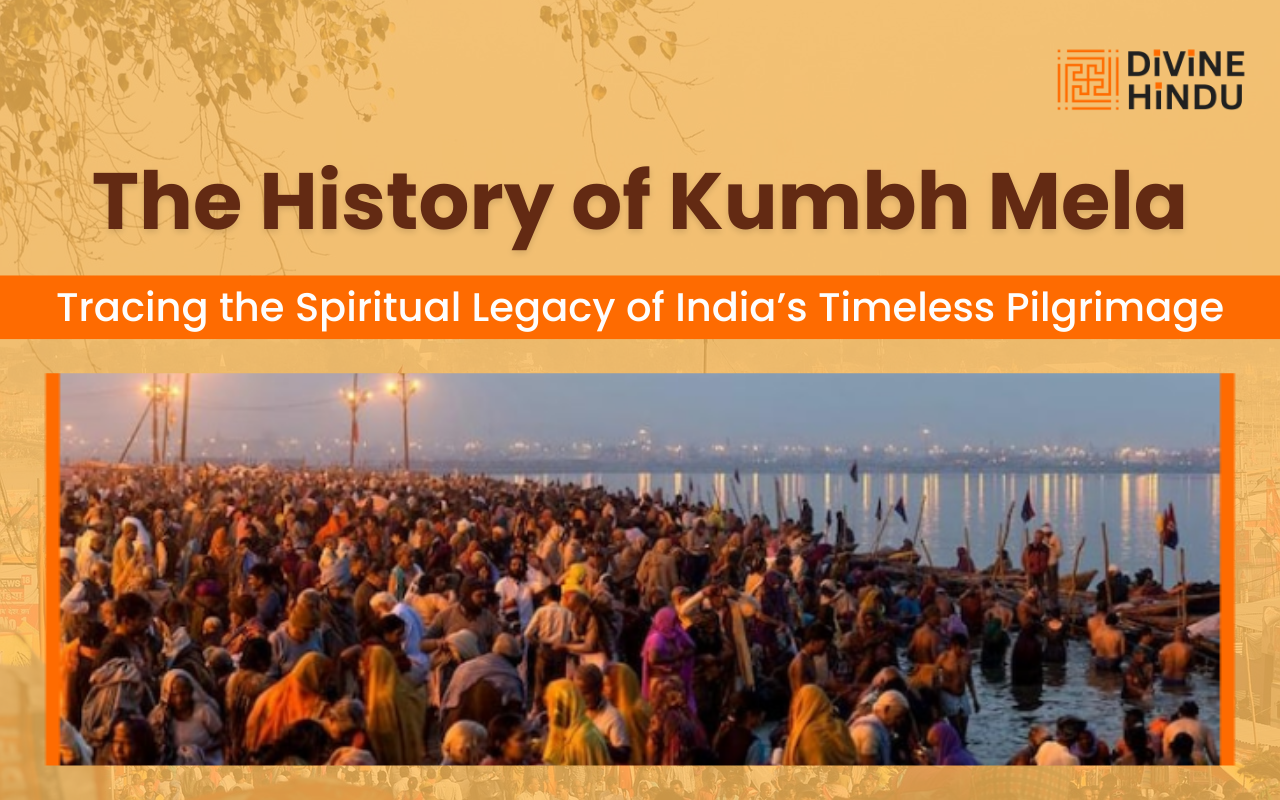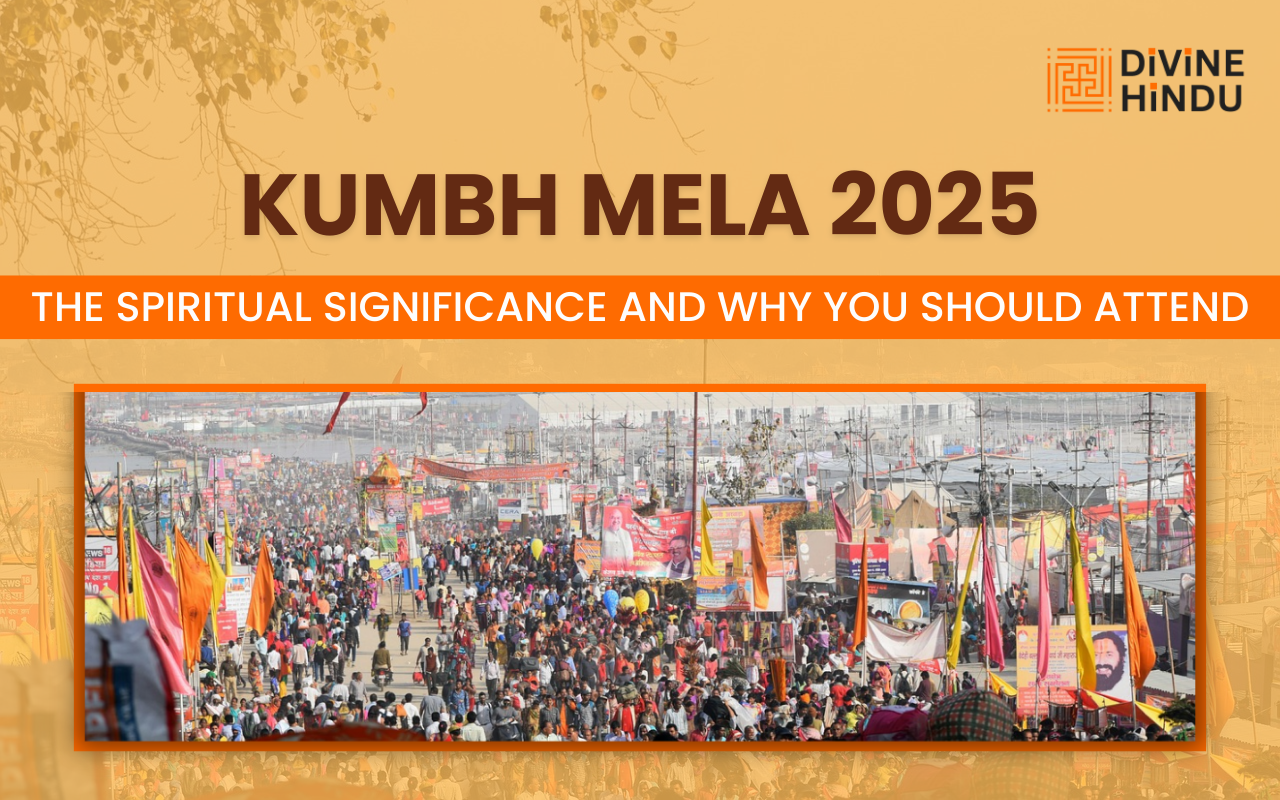Introduction
Kumbh Mela, one of the world’s largest and oldest religious gatherings, brings together millions of devotees in a spectacular convergence of faith, spirituality, and tradition. Rooted in a mythology that traces back thousands of years, Kumbh Mela is not only a celebration of devotion but a testament to India's enduring spiritual heritage. Understanding the history of Kumbh Mela enriches its significance for those who attend, linking them to a tradition steeped in ancient wisdom.
The Origins of Kumbh Mela
The origins of Kumbh Mela are rooted in Hindu mythology, specifically in the story of the Samudra Manthan (churning of the ocean). According to this tale, the gods and demons collaborated to churn the cosmic ocean to obtain Amrit, the nectar of immortality. As they fought over it, four drops of nectar fell at four locations in India: Prayagraj (Allahabad), Haridwar, Ujjain, and Nashik. These sites became the sacred hosts of the Kumbh Mela, where devotees gather to seek spiritual liberation by bathing in the rivers.
References to these gatherings can also be found in ancient Hindu scriptures, such as the Puranas, which outline the cosmic significance of the nectar and the belief that bathing at Kumbh Mela sites purifies the soul and breaks the cycle of rebirth.
Kumbh Mela Through Ancient India
As Kumbh Mela grew in significance, its gatherings evolved from simple rituals into organized celebrations. In ancient India, the Kumbh Mela offered not only a place for spiritual seekers but also a forum for learning, as sages and scholars exchanged knowledge. Early records mention large pilgrimages at these sites, where attendees came to witness divine rituals, engage in philosophical discourse, and seek blessings.
The historical documentation of Kumbh Mela mentions gatherings as far back as 300 BCE, with some sources suggesting that these assemblies were even older. The event's longevity and continuity highlight its central role in preserving the essence of Hinduism over millennia.
Kumbh Mela in the Medieval Era
The Kumbh Mela flourished under the patronage of medieval rulers, who recognized the cultural and spiritual significance of the gatherings. During this period, the fair saw increased participation from Bhakti saints and devotees from various sects, leading to the establishment of different akharas (monastic orders) that have become integral to Kumbh Mela’s traditions. The sadhus, ascetics, and yogis who attended were considered to embody spiritual knowledge and practice, drawing even greater numbers to the event.
Under dynasties like the Mauryas and Guptas, the Kumbh Mela gained royal support, enabling larger and more organized gatherings. This period also marked the rise of pilgrimage culture in India, with Kumbh Mela at the forefront, symbolizing unity and devotion.
Kumbh Mela in Modern India
In modern India, Kumbh Mela has grown to unparalleled scale, drawing millions from across the globe. The Indian government has taken extensive measures to organize and support the event, ensuring safe and smooth experiences for attendees. In 2017, UNESCO recognized Kumbh Mela as part of the Intangible Cultural Heritage of Humanity, highlighting its role as a cultural and spiritual event that has transcended time and borders.
Today, Kumbh Mela is broadcast globally, attracting both devotees and curious travelers eager to witness its grandeur. The Shahi Snan, or royal bath, featuring processions of sadhus and saints from various akharas, has become one of the most iconic moments of the event.
Significance of Kumbh Mela’s Historical Legacy Today
The historical legacy of Kumbh Mela connects its modern attendees with an ancient tradition that has remained unchanged in its essence. For millions, attending Kumbh Mela is not just a pilgrimage but a return to the roots of Hindu spirituality, symbolizing unity, purification, and the journey towards liberation. As the 2025 Kumbh Mela approaches, understanding its rich history enhances its meaning for those who participate, offering a spiritual experience deeply intertwined with India’s cultural heritage.
Conclusion
Kumbh Mela 2025 is more than a religious gathering—it is a journey through the ages, a celebration of faith, and a spiritual connection to a profound heritage that continues to thrive in modern India.


















